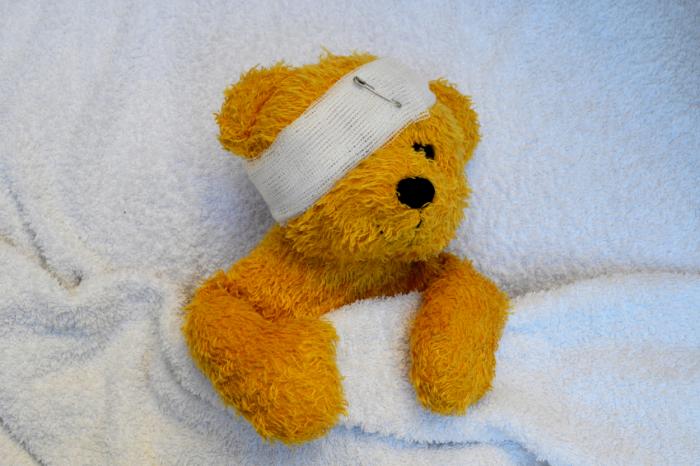Traumatic brain injury is a serious public health problem, particularly in children and adolescents. The long-term repercussions of traumatic brain damage on children have been discovered in a new study.

A traumatic brain injury (TBI) is any head injury that interferes with the brain’s normal functioning. This can be a strong hit or bump that causes a jolt, or a penetrating injury that pierces the skull and causes brain tissue to pierce.
TBIs can range from mild (usually referred to as a concussion) to severe, with unconsciousness or memory loss as possible outcomes.
TBI is especially high among school-aged children who participate in sports. According to the Centers for Disease Control and Prevention (CDC), about 250,000 children and adolescents aged 19 and younger got treatment for TBIs and concussions caused by sports and leisure in 2009.
According to the CDC, the number of people under the age of 19 diagnosed with sports and recreation-related TBI or concussions increased by 57% between 2001 and 2009.
Every year, about 435,000 children aged 0 to 14 enter the emergency room as a consequence of a TBI.
TBI can cause problems with logic, language, emotions, and sensations in the long run. Chronic traumatic encephalopathy, a neurodegenerative condition linked to repeated TBIs, is another long-term consequence to consider.
A new study presented at the Association of Academic Physiatrists’ annual meeting in Las Vegas summarizes the findings of two decades of research into the long-term impact of TBI on children, as well as potential recovery therapies.
The role of the family environment in TBI recovery
Scientists from Cincinnati Children’s Hospital Medical Center (CCHMC) conducted the study, which looked at the effects of TBI on children for an average of seven years following the traumatic occurrence.
Some of the findings provide light on how parenting styles and the home environment affect TBI rehabilitation.
The researchers discovered that children with mild to moderate brain injuries are twice as likely to suffer attention issues as their healthy peers, and those with severe TBI are five times as likely to acquire secondary ADHD.
Children with severe TBI, on the other hand, have less symptoms if they grow up in ideal family circumstances, but children with light injuries typically have lasting problems if they come from a low-income or chaotic home.
In general, many children show no signs of deficiency. Those who do, on the other hand, demonstrate the most long-term harm to skills including speed and information processing, inhibition, and reasoning.
The effect of family interventions on TBI recovery
CCHMC researchers have also looked at various therapies for enhancing the cognitive and behavior of persons who have had a TBI throughout the last two decades.
According to the experts, a quick reaction from the family is critical for long-term beneficial health results. They believe that good parenting is an important early intervention in TBI rehabilitation.
As a result, researchers created a web-based program to provide training to families living with TBI. Problem-solving, communication, and self-control are among the skills taught in the curriculum.
Several randomized studies of such programs found that older children with TBI had fewer behavioral issues and improved executive cognitive performance. For example, a computerized study found that students aged 12 to 17 years old improved their ability to maintain attention.
The contact between parents and their children was also improved thanks to web-based initiatives.
Research in the future
The relationship between genes and the environment, as well as their involvement in TBI recovery, is poorly understood.
CCHMC researchers will gather DNA samples from the saliva of over 330 children participated in the Approaches and Decisions in Acute Pediatric TBI Trial, as well as continue to look into the influence of environmental factors such family and home environment, parenting styles, and socioeconomic status.
The primary health outcome will be overall functioning three, six, and twelve months following the injury, with a full examination of cognitive and behavioral functioning one year later as a secondary result.
Neuroimaging techniques are also being used by researchers to better understand the brain structure and activity behind chronic post-TBI symptoms. For example, in an attempt to ameliorate long-term TBI symptoms, a CCHMC study that has yet to be published examines brain connection following aerobic exercise.






